Home > Climate News >
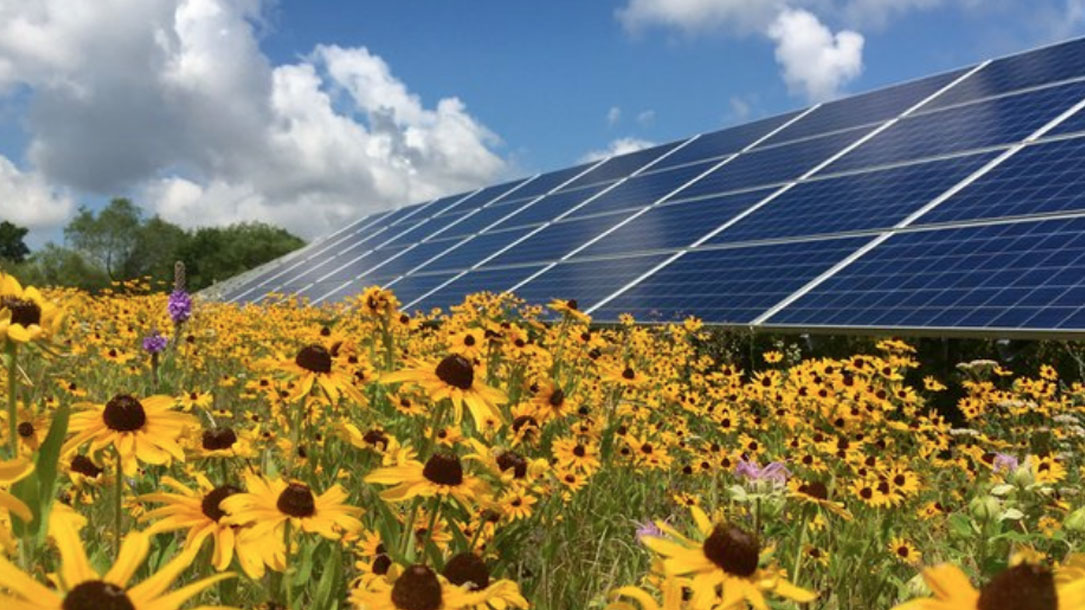
The Country is Watching: New York climate plan sets a 30-year goal for 100% renewable energy
Solar panels on every roof. Parking meters that double as car chargers. Wind turbines towering above farm fields and ocean waves. Cars, home furnaces, and factories converted to run on electricity from renewable sources.
A new law signed by New York Governor Andrew Cuomo sets the nation’s most aggressive targets for reducing carbon emissions and is intended to drive dramatic changes over the next thirty years. It calls for all the state’s electricity to come from renewable, carbon-free sources such as solar, wind, and hydropower. Transportation and building heating systems would also run on clean electricity rather than oil and gas…
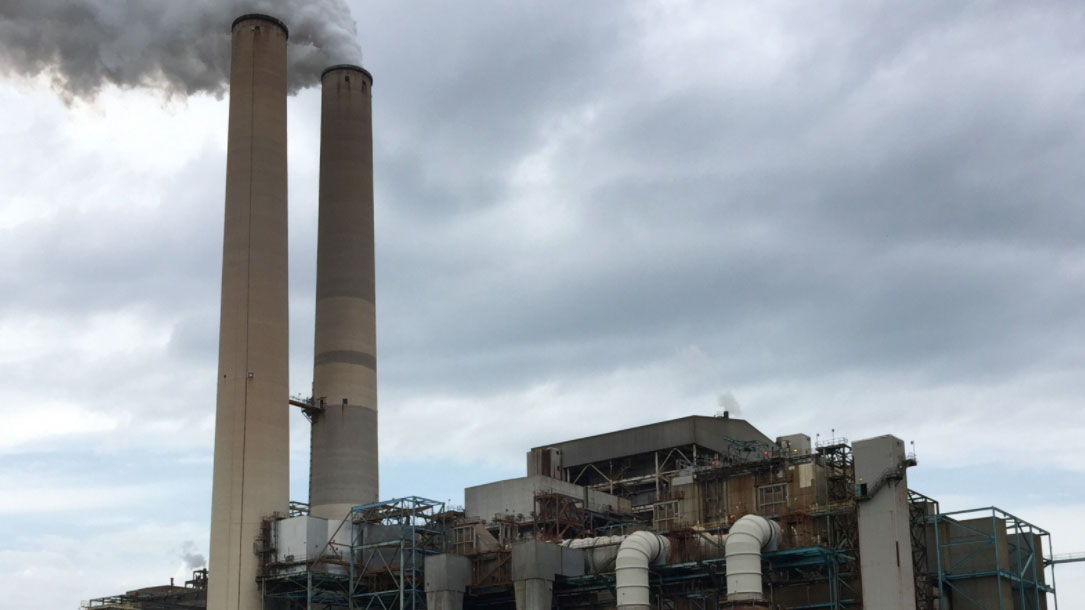
Emissions need to be halved to avoid three degrees centigrade warming
A group of European researchers, Climate Action Tracker, tracks countries’ progress toward the globally-agreed aim of limiting warming to well below 2°C and a more ambitious target of below 1.5°C…
The U.S. is at the bottom of the list, along with Russia, Saudi Arabia, Turkey, and Ukraine. This has to change—and with the millions of land trust members across the country, from all walks of life, conservation can help shift this—if we talk about it and help people understand why action is needed now, rather than in 10 years.
Two degrees Celsius is optimal for keeping the world as we know it habitable—and species extinction in check (we are already at 1°C and beginning to see large-scale extinction directly related to climate change impacts).

Yale Climate Opinion Maps 2018
These maps show how Americans’ climate change beliefs, risk perceptions, and policy support vary at the state, congressional district, metro area, and county levels. Please see the most recent version of these maps here.
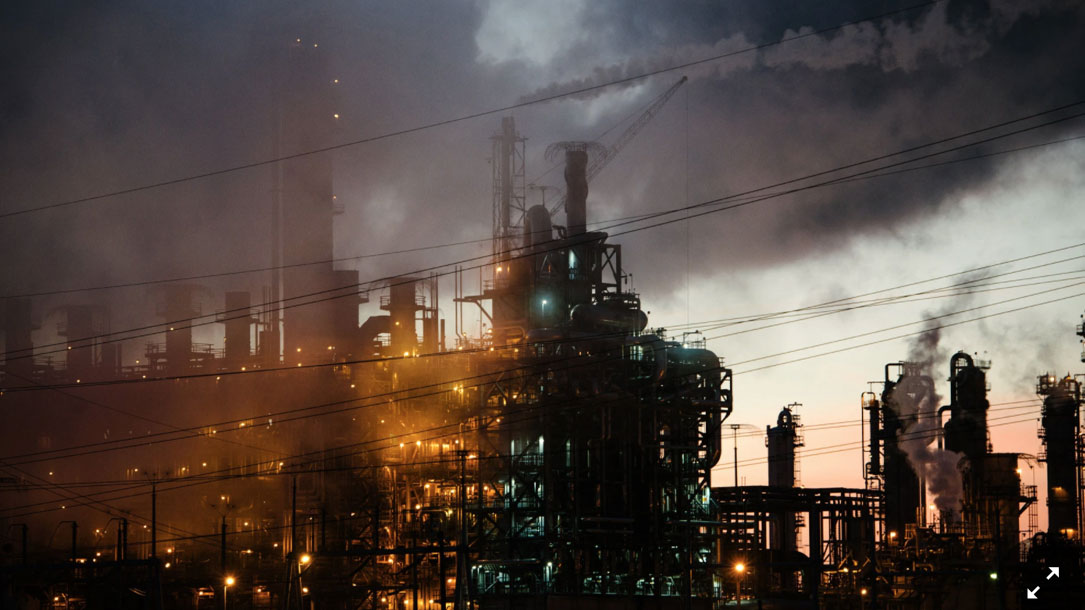
Global Greenhouse Gas Emissions Data
Carbon dioxide (CO2): Fossil fuel use is the primary source of CO2. CO2 can also be emitted from direct human-induced impacts on forestry and other land use, such as through deforestation, land clearing for agriculture, and degradation of soils. Likewise, land can also remove CO2 from the atmosphere through reforestation, improvement of soils, and other activities.
Methane (CH4): Agricultural activities, waste management, energy use, and biomass burning all contribute to CH4 emissions…

Natural climate solutions could offset 21% of U.S. emissions
“A collection of “low-tech, time-tested forest, farm, and land management techniques” could offset 21% of the United States’ greenhouse gas emissions, InsideClimate News reports, although it would take a carbon price of at least US$100 per ton for those strategies to meet U.S. targets under the 2015 Paris Agreement.
“It’s the same as if every car and truck in the country stopped polluting the climate,” said Joseph Fargione, science director for The Nature Conservancy North America region and lead author of the study published last week in the journal Science Advances. “There’s much bigger potential than most people realize…”
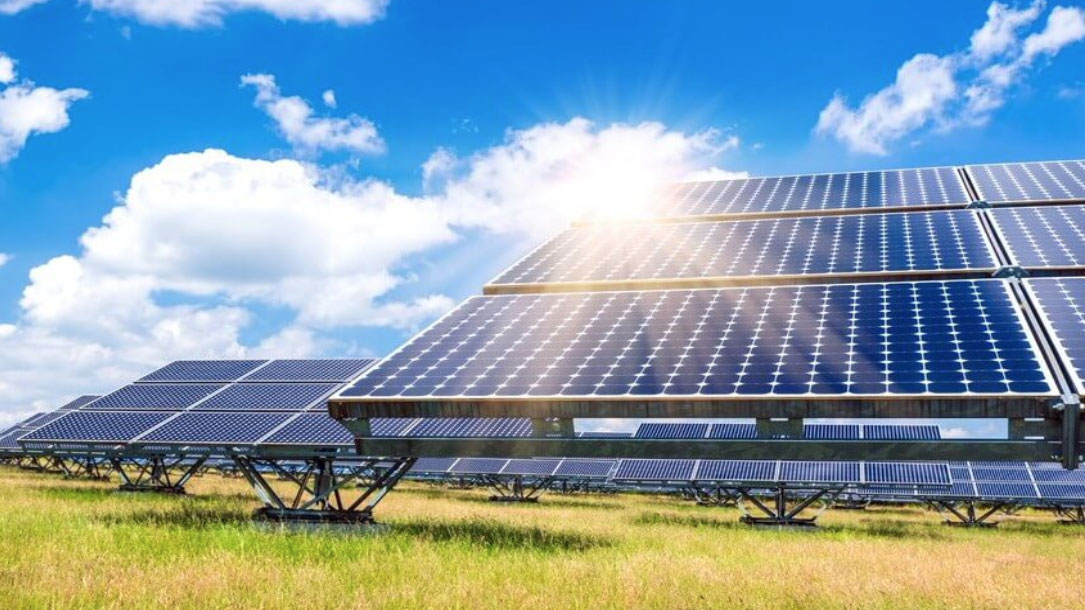
State Climate Policy Maps
“For years, U.S. states and regions have been addressing climate change in the absence of stronger federal action. A wide range of policies have been adopted at the state and regional levels to reduce greenhouse gas emissions, develop clean energy resources, promote alternative fuel vehicles, and promote more energy-efficient buildings and appliances, among other things. Although climate change ultimately requires an effective national and international response, the actions taken by states and regions play a vital role by developing and testing innovative solutions, delivering near-term emission reductions, and laying the groundwork for broader action.
Twenty-two states plus the District of Columbia have adopted specific greenhouse gas emissions targets. While each state has adopted a target and baseline year that suits its circumstances, the prevalence of these targets shows the widespread support for climate action…”
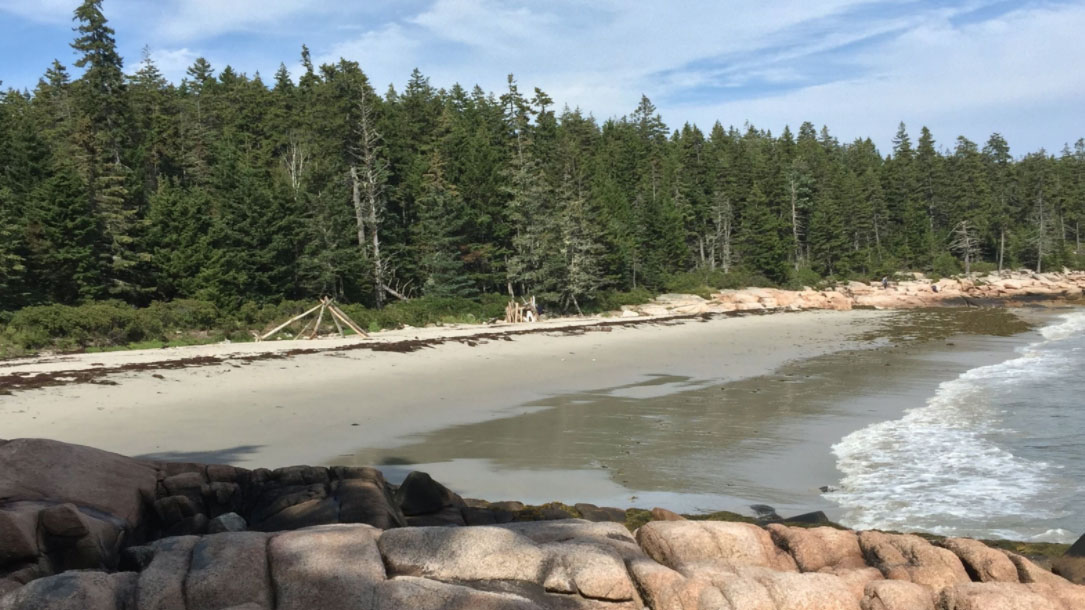
Atlantic Ocean ‘running out of breath’
“A huge international research programme has been launched to assess the health of the Atlantic Ocean.
The iAtlantic project is the biggest ever mounted in the planet’s second largest ocean.
It involves more than 30 partners, funded by the EU, and is being co-ordinated by Edinburgh University.
The scientists will use an array of hi-tech devices, including robot submarines, to scan the deep ocean from the Arctic to South America.
They want to assess the effects of climate change on plants and animals…”
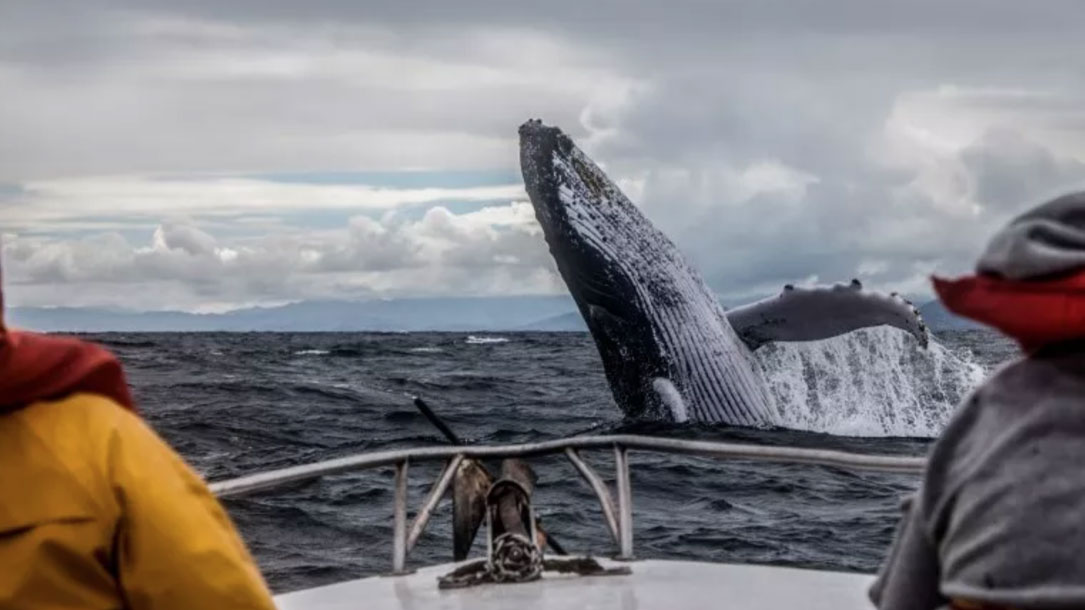
Climate change is choking the Atlantic Ocean to death: ‘It’s losing the oxygen that is vital to life.’
A scientist leading a health check of the Earth’s second largest ocean has warned that the Atlantic could run out of breath.
Over the course of four years, an international team of researchers from countries which border the Atlantic Ocean will investigate how climate change as well as industries such as fishing, mining, and oil and gas extraction affect the expanse of water. They will also look for refuges where animals appear able to survive, BBC News reported…
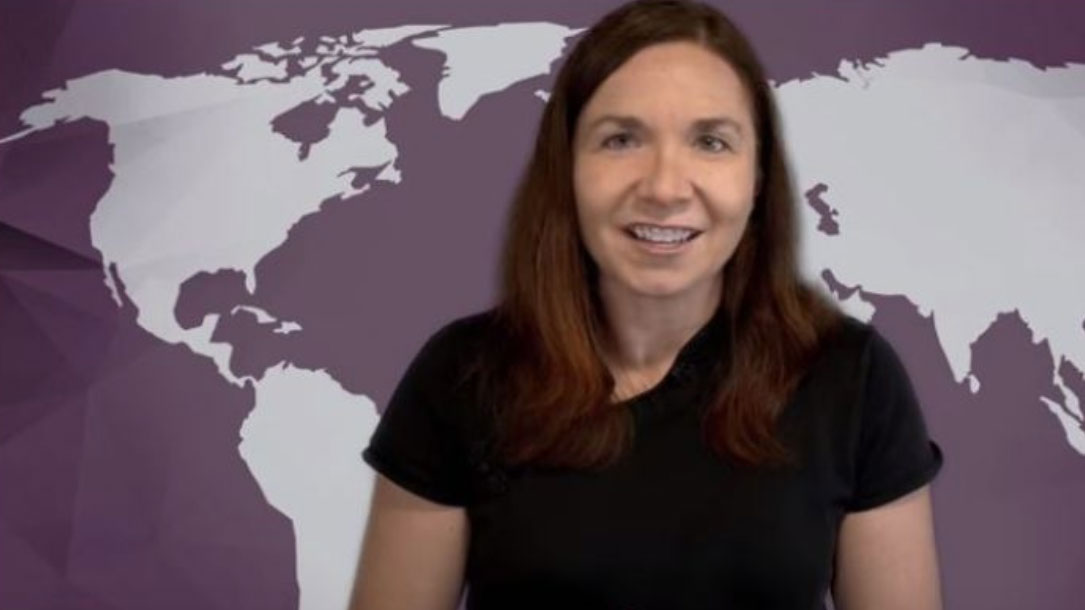
If I just explain the facts, they’ll get it, right? Maybe not…
Katharine Hayhoe, one of the world’s most respected climate scientists and climate communicators, has created a video explaining why just providing facts on the impact, and importance, of climate change may not work with some audiences.
Check out her short video. This might be something you could play for a local committee, your land trust’s working groups or board, or at a land trust staff meeting.
The concept is true for all communications. (So it’s worth watching for a variety of reasons.)
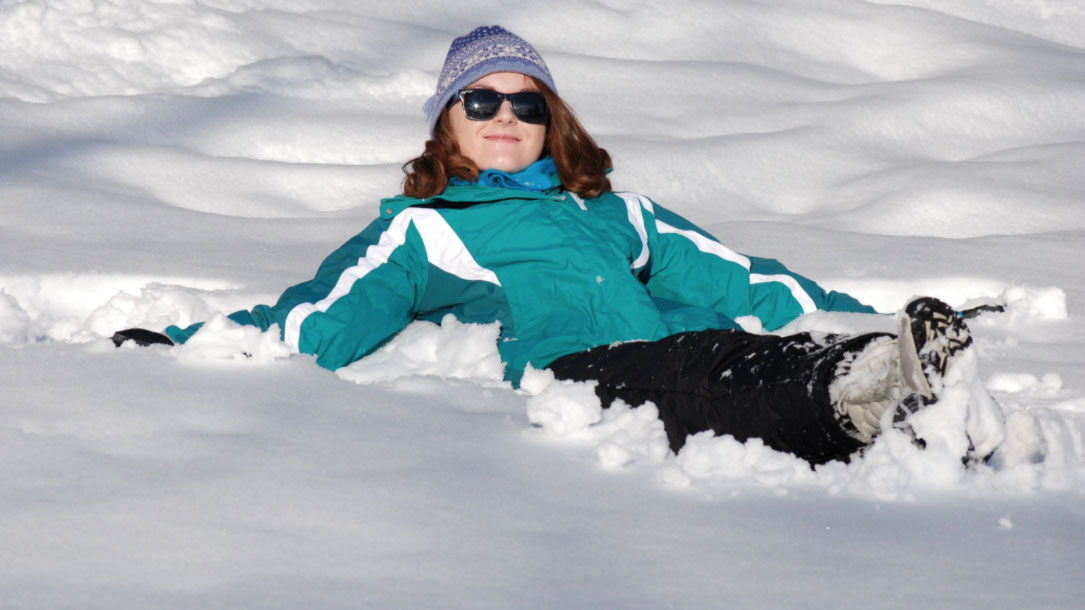
Wet California winter is a boon for skiers and water supply. But it brings a threat: wildfire.
“We’ve gotten really good at putting out fires under all circumstances, except for extreme weather conditions,” said Alan Taylor, a Pennsylvania State University professor of geology and ecology who has found that the historic link between wet winters followed by mild fire seasons no longer exists. “And that is how they are burning in California now.”
The Inyo National Forest’s 1.9 million acres include the Sierra’s pine forests, steep canyons, expansive calderas, and the highest peak in the lower 48 states, Mount Whitney. There is no timber industry in what is the rain shadow formed by the surrounding range.
“We are basically a forest on top of a desert,” said Eric Vane, the U.S. Forest Service’s vegetation planning manager for the northern Inyo…












